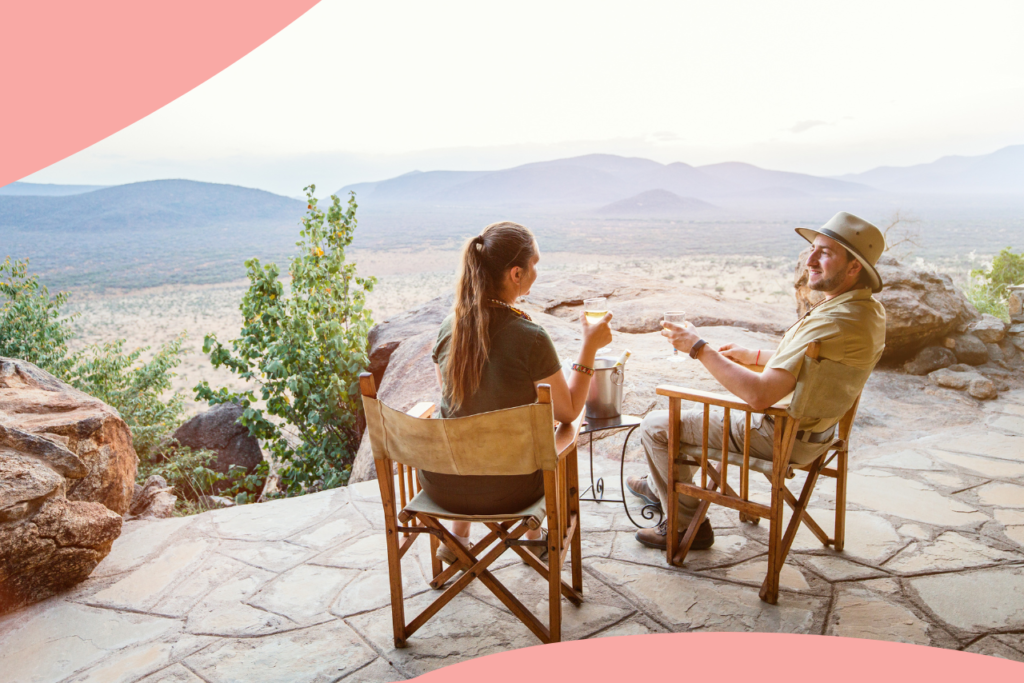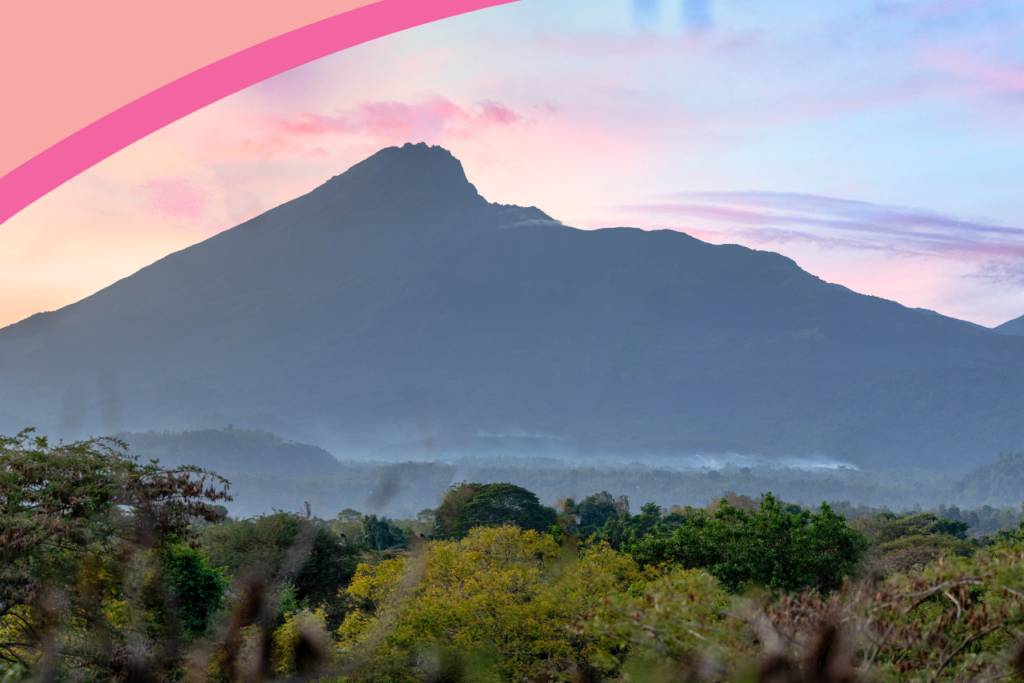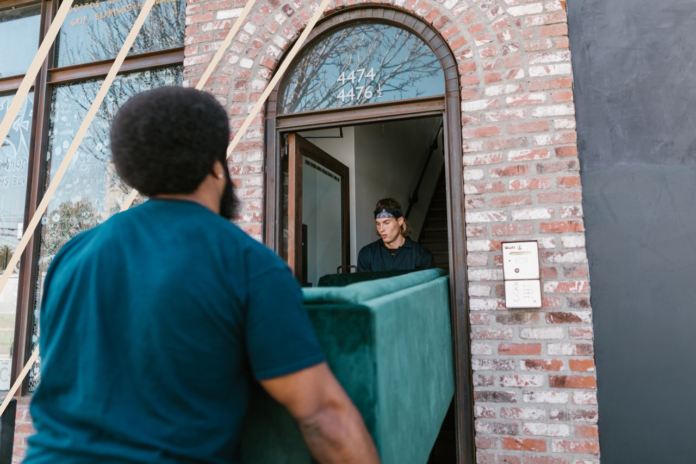Tanzania in 2023… It has a certain ring to it, don’t you think?
The travelling public seem to agree. After an understandably quiet 2020, tourism in Tanzania experienced an uplift of 50% last year, with the country seeing over 900’000 visitors in 2021. That upward trajectory is showing no signs of abating; in the first quarter of 2022, tourist numbers were up by a third on the previous year, with numbers expected to exceed pre-pandemic levels before 2022 is out.
This is, according to Tanzania Invest, ”due to the Government’s efforts to promote tourist attractions such as national parks, beaches, and Mount Kilimanjaro and game reserves”.
The government has every right to be proud of the country’s incredible landscapes and natural beauty; there are few places more immediately spectacular than both Tanzania’s Kilimanjaro National Park and Serengeti National Park, not only home to sprawling, spectacular scenery, but also an incredible diversity of wild animals.
Untamed and largely unspoiled, the best way to experience the country, the largest in East Africa, is undoubtedly on safari. If you’re still not convinced, then here are 7 reasons to go on a Tanzania safari in 2023.
To Experience A Different Pace To Life
First things first – why go on safari at all? Well, for those who have largely been grounded in the UK for the previous two years, kidding themselves that a back garden ‘staycation’ is as fun as a sojourn somewhere far flung, a safari represents perhaps the most refreshing change of scenery you could think of.
Offering a unique chance to get up close and personal with all manner exotic wildlife (not too close though) and more importantly, to support conservation efforts, the savannas of the Serengeti are about as far removed from #wfh, home schooling, social distancing, and all of the other COVID stuff we’d prefer to confine to the past, as it comes.
On safari in Tanzania you can take a complete break from the hustle and bustle of life and just luxuriate in nature. Everything is taken care of, including transportation, lodging and food. In Tanzania, life moves pole pole (Swahili for slow) and when you’re here, you can enjoy life at a slower pace, just as it should be.

To Catch A Glimpse Of The Big 5 & More
Lions lounging in the shade, elephants frolicking in the water, giraffes galloping in the distance, cheetahs and leopards roaming around healthy herds of wildebeest, buffalo and zebra.
This pretty impressive picture we’ve painted all takes place in the the boundless grasslands of the Serengeti, the world’s biggest game reserve. It has the largest concentration and diversity of animals in Africa and is one of the easiest places on the planet to see all of the Big 5 – the lion, African elephant, Cape buffalo, leopard, and rhinoceros.
Another fail-safe place to spot elephants, giraffes and hippos, in particular, is Tarangire National Park. The sixth largest park located in Tanzania, covering about 1,100 square miles of land, and encompassing the Tarangire River, the park is a prime spot to witness wild animals since it’s the only source of water for them during the dry season in the region.
To Witness The Wildebeest Migration
If you get your timing right on your Tanzanian safari, you’ll even have the chance to see one of *cue David Attenborough narrating voice* the greatest spectacles on the planet – the wildebeest migration.
From the frenzied crossing of the Mara River in the north of the Serengeti in August and September, to the thousands of wildebeest calves born in February and March to the south on the Ndutu Plains, much of the annual migration cycle of the wildebeest happens in Tanzania.

To Peer Into The Ngorongoro Crater
Known as ‘Africa’s Garden of Eden’, the Ngorongoro Crater (one of the seven natural wonders of Africa) is a site to behold. A 12-mile-wide ecosystem within an ecosystem that was created by a volcanic eruption, this crater has some of the most fertile and rich grazing grounds in Africa, attracting wildlife galore – over 30’000 animals, to be exact.
If you’re taking in Tanzania’s northern safari circuit, then this route often combines the Serengeti with the Ngorongoro Crater, which increases your chances of seeing the big five. If you can, stay in a hotel on the craters rim for the most phenomenal views; certainly beats staring at the four walls of home, don’t you think?
To Scale Mount Kilimanjaro
For those looking to take on a challenge to draw a symbolic line under the past two years of turmoil, scaling the ‘the roof of Africa’ would certainly represent an achievement. Don’t let the summit of 4000 feet, altitude of 18000 feet and a five to nine day climb put you off; there’s an amazing sense of accomplishment up there at the peak waiting for you.
Less than half of climbers actually make it, which makes the adventure all the more exciting. And if you view such excursion as torture rather than challenge, then don’t worry, the Kilimanjaro National Park has plenty to offer even at ground level. Elephant, buffalo and antelope roam in the Forest Reserve area of the park, meaning you’ll see action even if the ascent isn’t for you.

To Do Things Differently In Zanzibar
Oh, you thought the idea of a ‘safari’ was confined only to dry land? Think again!
Situated just off the coast of Tanzania, Zanzibar has it all; lush tropical forests with indigenous wildlife, white sand beaches and turquoise waters, and all of the wildlife conservation opportunities that come with such illustrious geography.
Using the island as a base, there are countless opportunities to take an ocean safari on a Zanzibari ‘dhow’ boat, snorkelling Zanzibar’s surrounding coral reefs and mangroves and looking out for its more than 500 species of marine life, including wild bottlenose dolphins, seahorses and crocodile fish. Wow!
Sounds kinda romantic, don’t you think? No wonder Zanzibar is considered one of the world’s hottest honeymoon destinations.
To Try A Diverse, Delicious Cuisine
The food of Zanzibar is a diverse, delicious cuisine worthy of the levels of hyperbole usually reserved for the country’s revered landscapes. Here, the grill is king, and you’ll enjoy some incredible barbecues under African skies during your safari here. Particularly popular is goat meat, served with plantain and the ubiquitous, nourishing ugali, a staple here made from cooking white maize with water until it forms a think paste.
Rather than keep you here (we have to admit, we’re getting hungry), let us direct you to our dedicated guide to the best local dishes to try in Tanzania. Prepare to be fed!





